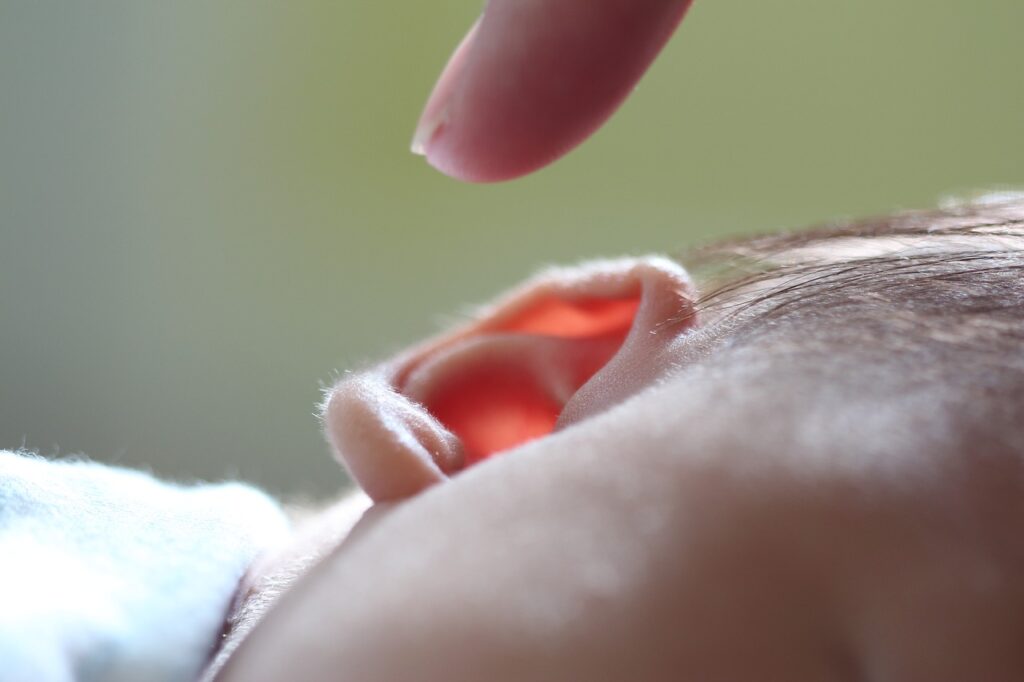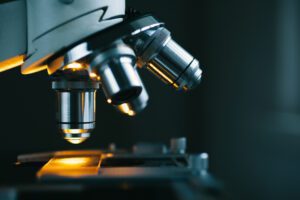Most patients with Norrie disease, a rare X-linked genetic disorder, often develop sensorineural hearing loss. But what mechanisms cause this hearing loss to occur? According to Medical XPress, researchers from Mass. Eye and Ear discovered that Norrie Disease Protein (NDP) plays a role. In their research, the team found that NDP maintains cochlear hair cells’ maturation. But in patients with Norrie disease who have NDP deficiency, those cells are not maintained; as they die and fail to be restored, hearing loss sets in. Ultimately, this finding could help researchers develop more targeted and effective treatment options in the future. Learn more about the research findings, published in Proceedings of the National Academy of Sciences (PNAS).
The Research
Within this particular study, researchers wanted to understand what caused Norrie disease’s characteristic vision and hearing loss. In the past, some researchers have attributed this to vascular problems. But how accurate was that?
To begin, researchers used mice models with non-functioning NDP genes. In these mice, researchers found cochlear hair cell abnormalities. Particularly, these hair cells died within 2 months following birth. Next, researchers performed analysis on the mice. They found that the NDP protein helps regulate cochlear hair cell maturation and maintenance. Without NDP, the hair cells may seem normal – especially at birth – but die off or do not work properly throughout life. This is why patients with Norrie disease are not born deaf but have progressive hearing loss throughout their childhood and early adolescence.
Finally, researchers tested whether they could restore hearing loss through either overexpressing NDP near hair cells to make other cells start expressing NDP, and stimulating a signaling pathway called Wnt. In both cases, the methods helped promote healthy hair cells and overall restore hearing.
While more tests are needed in the future, this does highlight the possibility of an effective therapeutic option for hearing loss, both in patients with Norrie disease and in other forms of hearing loss associated with cochlear hair cell death or destruction.
Norrie Disease
According to the National Organization for Rare Disorders (NORD), Norrie disease is:
a rare X-linked genetic disorder that occurs due to change (mutation) in the NDP gene. NDP gene mutations are associated with a spectrum of retinopathies and Norrie disease is the most severe.
Because Norrie disease is an X-linked disorder, it most often affects males. Females with this condition often display milder symptoms. Over 100 different genetic mutations have been associated with this disorder. Patients are often born with blindness or profound vision loss at birth or within a few weeks following birth. Symptoms also grow progressively worse over time. Potential symptoms include:
- Intellectual and developmental delays
- Vision and hearing loss
- Retinal degeneration and detachment
- Leukocoria (cat’s eye reflex)
- Cataracts
- Behavioral difficulties
- Underdeveloped irises, dilated pupils, or abnormally small eyes
- Abnormally close and deeply set eyes, a narrow nasal bridge, and larger-than-average ears
- Venous stasis ulcers
- Seizures








